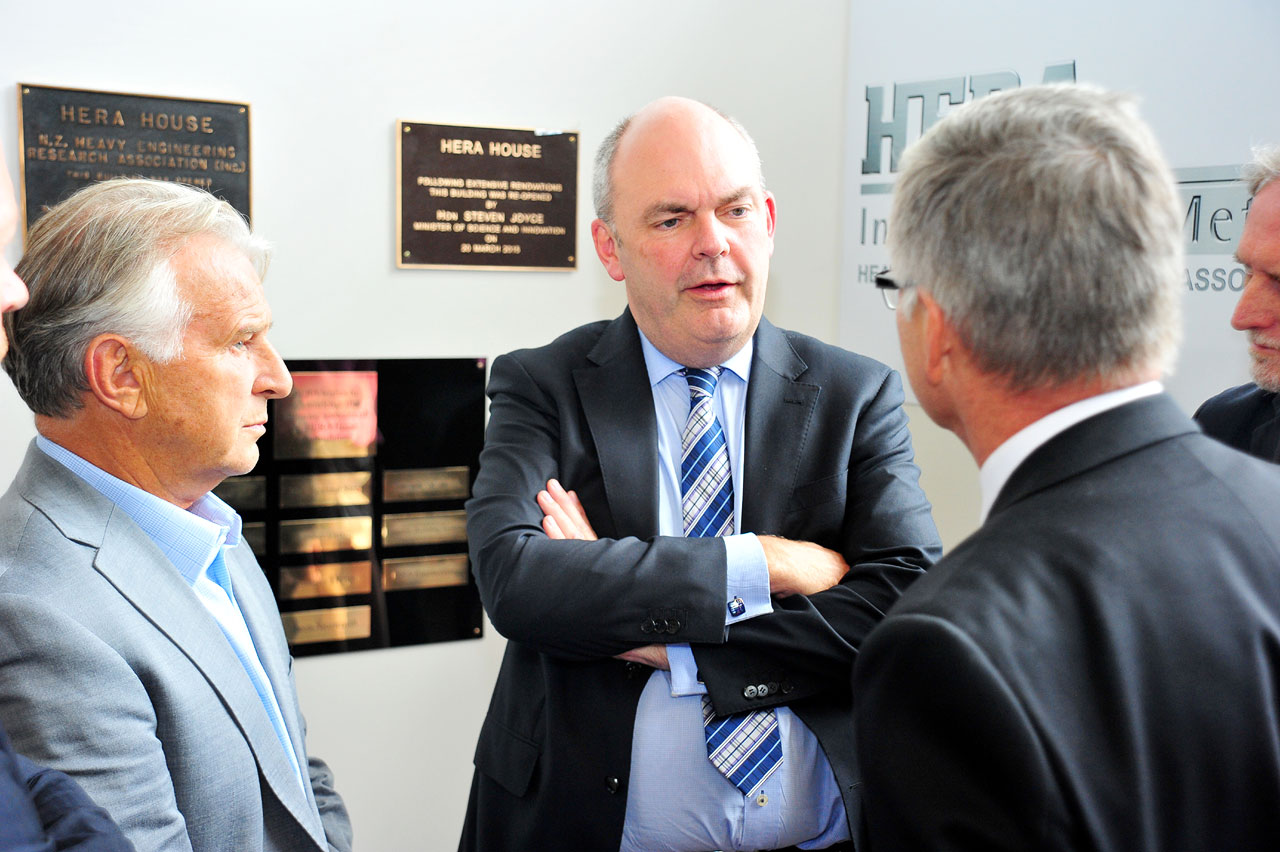As previously reported, HERA took up Minister’s Joyce’s offer made at the re-opening of HERA House to investigate why industry funding from (heavy engineering research) levy-funded activities are not able to attract Government R&D funding support in the same way direct industry R&D money does.
The main point of HERA’s letter was our concern that sector-specific collective industry-levy-based R&D funds are in general excluded from attracting government R&D co-funding. We expressed the view that there is no difference between individual business R&D spend which attracts government co-funding and research levies collected for an industry sector group.
In the Callaghan Innovation R&D Growth Grants in the grant application section on what counts as eligible R&D spend, it specifically says the following types of expenditure are not eligible for the R&D Growth Grants initiative:
- R&D funded through an enforceable levy paid by another entity
- Enforceable levies for R&D paid to another entity
Equally in the Independent Research Association Capability Fund (from 2013 RFP), it specifically states that “proposals must not be for research, science and technology, or related activities that are able to be funded by a commodity or industry levy”.
In his reply the Minster points out that “as with other science funding programmes, these programmes have a limited pool of funding with which to achieve their respective policy objectives. For this reason, eligibility rules are used to target funding at activities most likely to achieve these objectives.”
Specific to the R&D Growth Grants, he states that “R&D Growth Grants are designed to encourage businesses to scale-up their own R&D programmes. In contrast, industry levies are designed to ensure that industry-good research is still performed in cases where the individual businesses may be able to establish their own R&D programmes. Allowing levy-funded R&D to qualify for R&D Growth Grants would broaden the scope and objectives of these grants. It would also result in less funding being available to encourage businesses to scale-up their own R&D programmes.”
HERA appreciates the Minister’s honest answer as to the main driver for this ruling being the limited R&D funds and the fact that if more of a limited pool goes to one particular party less is left for the others.
From an industry perspective, this is of course a disappointing reply as HERA would argue that significantly greater BERD would accrue from providing government R&D co-funding because it also acts a stimulus to get companies, particularly SMEs interested in participating in and using R&D. HERA advised the Minister that it will continue to have this item on its policy register.
However, on a positive note, the Minister advised HERA that levy-funded R&D can qualify for co-funding under MBIE’s Partnership funding programme, and encouraged HERA to pursue this funding pathway.
HERA will continue to explore this co-funding pathway from MBIE’s contestable funding pool. A first attempt to make this pathway work for HERA in the structural steel research program failed due to the requirement for driving an export-led initiative where it was difficult to attract industry investment due to the local focus of industry. However HERA programs such as AGGAT, which do indeed have an export focus, may lend itself better for this co-funding pathway.
Update shared by our Former General Manager Industry Development Nick Inskip

